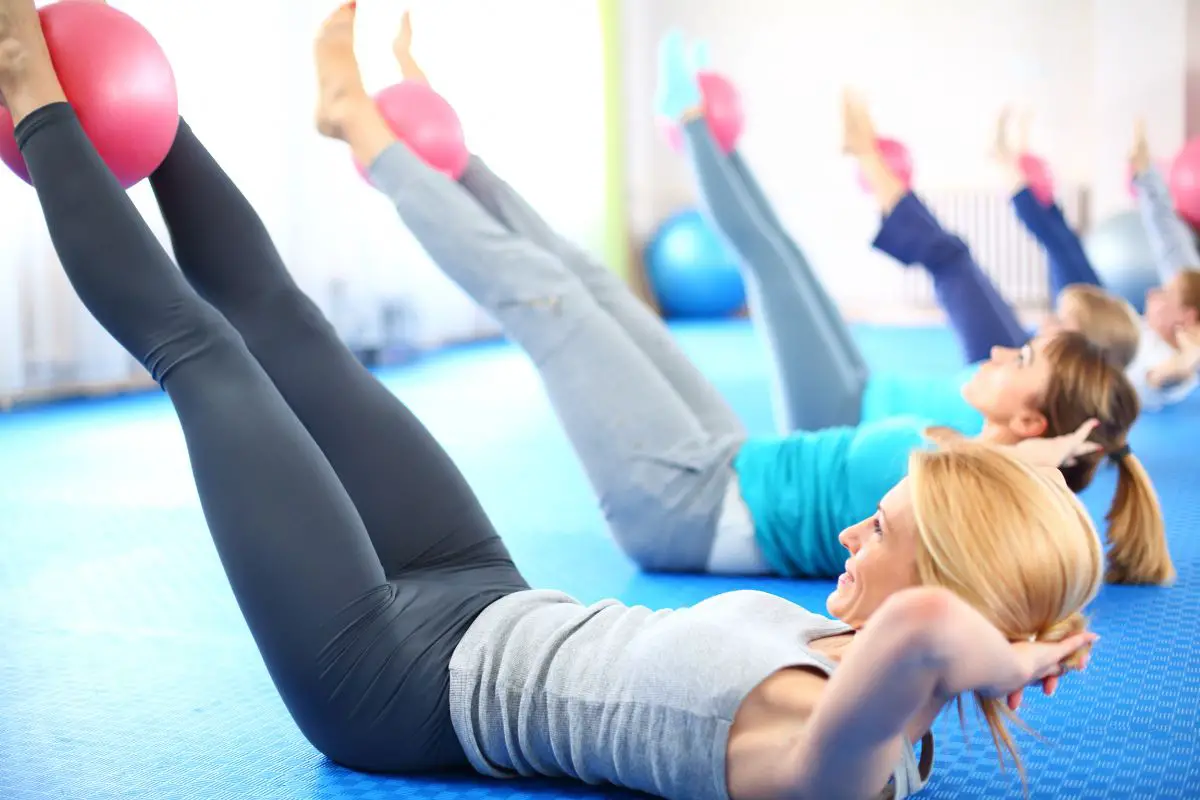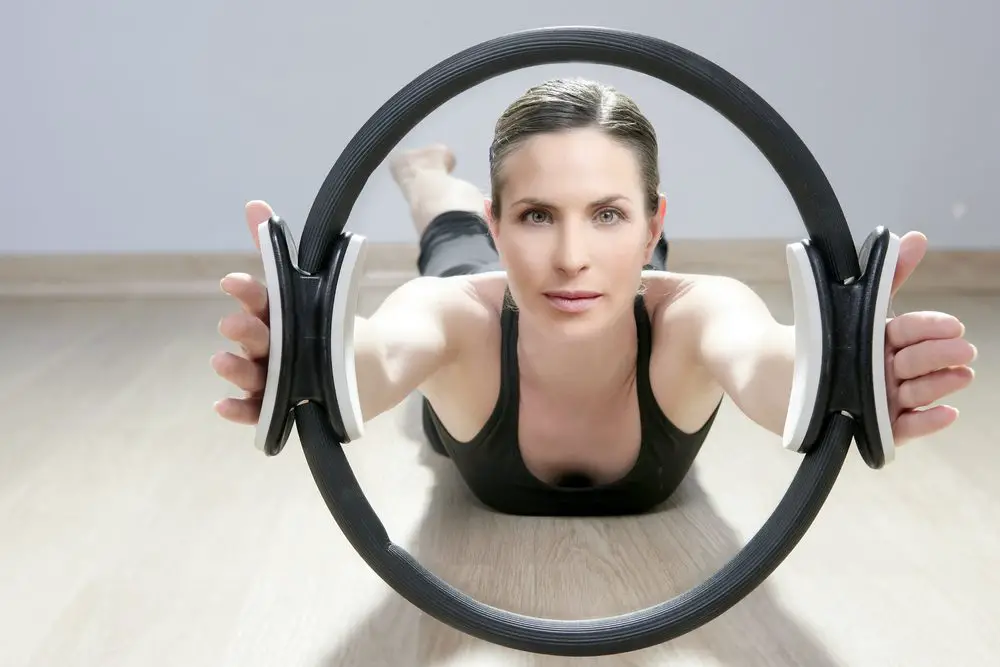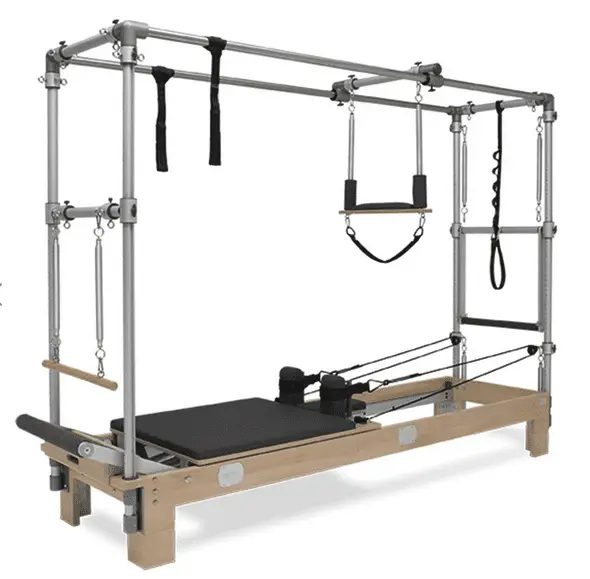Health

Pilates’ guiding idea is to improve stability, strength, range of motion, and endurance by maximizing your core muscles’ potential.
Nevertheless, numerous individuals are unaware of another health advantage of Pilates which is that it helps in maintaining the well-being of our digestive system.
In this article, we will explain how our digestive system works and how Pilates can help with maintaining a healthy bowel while avoiding the risk of injury.
How Does The Digestive System Work?
The digestive system is made up of gastrointestinal organs such as the mouth, esophagus, stomach, intestines, and anus.
Other organs that aid in digestion include the tongue, liver, and pancreas.
It is crucial to maintain your digestive health since it is tasked with providing energy and nurturing the body’s tissues.
Individuals who do not have a healthy digestive system may experience a lack of energy, infrequent bowel movements, frustration, hormonal changes, nutritional deficiencies, and weight gain.
Moreover, poor digestion can lead to gastrointestinal issues by failing to remove bad toxins from the system.
The gastrointestinal tract contains approximately 2/3 of the immune system’s resources.
As a result, the digestive system is frequently viewed as a component of the innate immune system, acting as a natural wall against pathogenic organisms.
The gastrointestinal (GI) tract, which consists primarily of the digestive system, is widely referred to as the secondary nervous system and many other physical processes can be affected by the well-being of the gastrointestinal system.
Keeping a balanced intestinal flora, or the environment of bacteria that assist the body in food digestion is essential for optimal digestive health.
The gastrointestinal microbiome contains thousands of varieties of bacteria that are tasked with fighting threatening microbes and encouraging healthy digestion processes.
So, when our digestive system is compromised, can Pilates help?
How Does Pilates Help The Digestive System?
To better understand this, we need to explain how exercise in general affects our digestive systems.
The Connection Between Physical Activity And Our Digestive System
Physical activity can improve our digestive health by activating or stimulating the gastrointestinal tract, causing it to shift from its parasympathetic condition, in which the stomach creates an acidic pH with gastric enzymatic reactions and mucus that contribute to the digestive process.
In other words, regular physical activity can keep improving your digestive health and protect the gastrointestinal system over time by improving the tract’s microflora to aid with the digestive process.
It also promotes the production of more digestive enzymes and greater bowel contractions, which helps improve movement in the gastrointestinal tract.
Additionally, working out can boost our metabolism and cause the gastrointestinal tract to work even harder, resulting in greater caloric expenditure.
Even so, our metabolic activity only improves throughout our workout sessions as it then returns to resting state levels.
It can also boost insulin sensitivity to stimulate cells to utilize and deplete the body’s glucose instead of resisting it for supplemental fuel.
Moreover, exercise increases the production of serotonin and endorphins, the feel-good chemicals, while decreasing the release of cortisol.
This also has an impact on the digestive process, as perceived stress is known to trigger gastrointestinal problems.
Finally, it can keep promoting a healthy bowel movement by increasing the blood circulation in our body which, in turn, improves bowel contractions and transit time inside the intestines.
Pilates And The Digestive System

Pilates is a type of anaerobic activity that mainly targets the abdomen.
As repeatedly demonstrated, abdominal exercises can strengthen the digestive system by enhancing bowel contraction or peristalsis.
Pilates movements that concentrate on the tummy area can assist with the stimulation of the gastrointestinal tract and minimize gut problems like constipation and cramps.
This stretching and relaxing of the abdominals can also aid in the prevention of hyperacidity.
Twist motions, for example, activate and stress the abdominal muscles in many different directions, which makes them perfect for boosting bowel contractions.
In contrast to intense training activities, Pilates workouts implement the proper amount of tension to the gastrointestinal tract without overexerting force, which can cause gastrointestinal problems
Additionally, engaging the complex core muscle fibers stabilizes our core and evens the tension throughout the entirety of it.
Therefore, exercises like crunches are not very effective in activating these types of muscles.
Pilates movements also assist in releasing tension from the psoas muscle, which extends from the upper thighs to the stomach area and then to the lower back.
Relieving this particular muscle during twist motions can help massage the gastrointestinal tract.
Respiration is yet another important part of Pilates workouts that aids in the reduction of gastrointestinal stress symptoms like constipation and stomach pain.
Pilates breathing techniques employ our stomach muscles to loosen up and enhance the digestive tract while also stimulating the diaphragm muscle fibers.
These techniques also stretch the internal tract’s organs located in the abdomen, which facilitates the release of toxins.
Two Examples Of Pilates Movements That Help The Digestive System
Twist Moves
- The Pilates twist moves are the most effective at activating the gastrointestinal tract, and Crisscross (or bicycle crunches) is a widely known twist movement in Pilates that targets the oblique abdominals.
It ranks among the best Pilates movements for activating the gastrointestinal system as it concentrates on the abdomen region between the pelvis and the ribcage, in which the digestive process takes place.
- The Saw movement also works the transverse abdominal muscles and external and internal oblique. Seated on the mat, create a ‘V’ shape with your legs and a ‘T’ shape with your arms.
You should then start twisting your body from left to right, touching your right leg’s toes with your left-hand fingertips and your left leg’s toes with your right-hand fingertips.
When properly executed and with correct respiration, this exercise will apply tension to the abdomen region as well as stimulate and massage the gastrointestinal tract.
It is also beneficial to do some rehabilitative moves with a stability ball, which involves lying on the ball with your back on your pelvic area’s height and trying to roll your body up and down the ball.
This movement will also gently rub the gastrointestinal system, stimulating the digestive process and removing stale air, which can make you feel bloated.
Don’t Forget About Your Diet And Mental Health
It is impossible to talk about digestion and exercise without mentioning the word ‘diet’ and that is because these things go together.
Stress, diet, and a sedentary life are the three major reasons why our digestive systems are compromised, so taking care of all three of them is important if you want to fix any digestive issues you have.
So, while exercise can help with releasing tension and de-stressing, following a healthy diet is the only way to make sure that you are consuming healthy, gut-friendly food that will promote healthy digestion.
The Bottom Line
Having great digestive health could really make your everyday life better and Pilates movement can help you with the digestive process by activating and stretching the gastrointestinal tract in the abdomen and stomach areas.
However, getting rid of the stress in your life and maintaining a healthy diet are also imperative to your digestive health.
So, make sure you focus on these three aspects to have a healthy digestive system!




